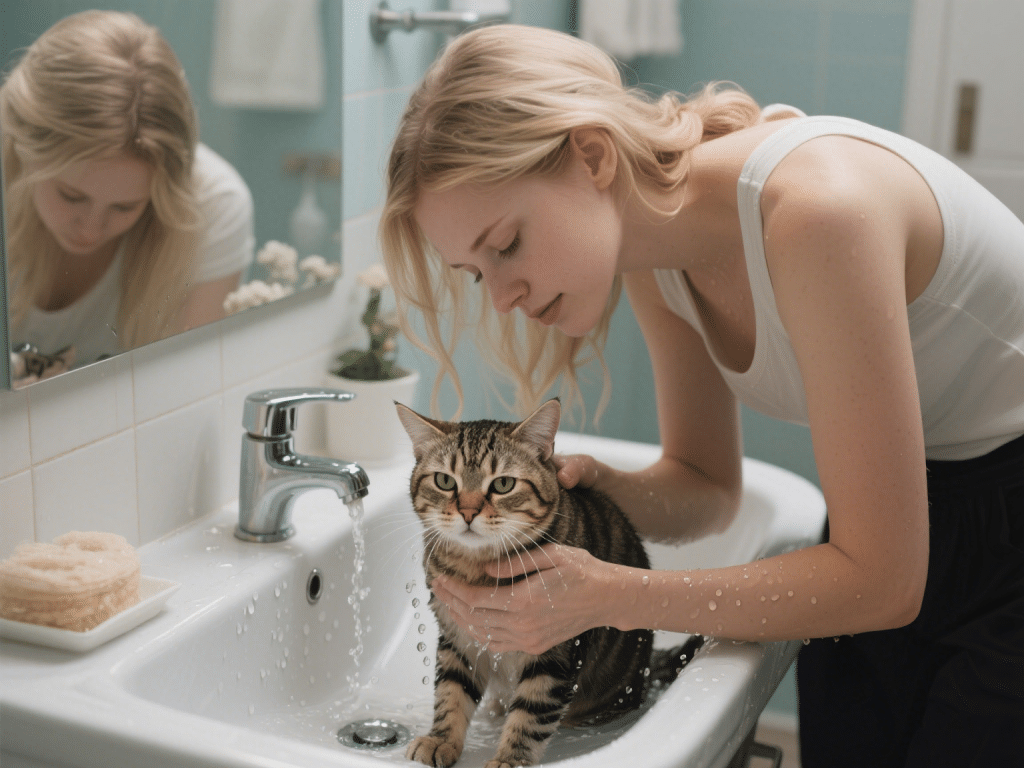
Bathing Your Cat: Tips for Calming a Water-Fearing Feline
For many cat owners, the word “bath” sparks visions of frantic escapes, high-pitched y...

Bringing home a new furry (or scaly, or feathery) family member is thrilling! However, skipping preparation can lead to stress for both you and your pet. This vet-approved checklist ensures you cover all essentials for a smooth transition.
Species & Breed Suitability: Research energy levels, lifespan, space needs, and potential health issues. A high-energy Border Collie isn’t ideal for a small apartment.
Local Regulations: Check licensing requirements, leash laws, and breed restrictions (if applicable).
Budgeting: Estimate costs for food, vet care (routine + emergencies), grooming, training, pet sitting, insurance, and supplies. Tip: Pet insurance is often cheaper when started young.
Vet Selection: Research and register with a local veterinarian. Schedule a wellness visit within the first week.
Pet-Proofing Your Home (Critical!):
Secure electrical cords and toxic plants (e.g., lilies are deadly to cats).
Store chemicals, medications, and small choking hazards out of reach.
Block access to unsafe areas (chimneys, gaps behind appliances).
Install baby gates if needed.
Nutrition & Hydration:
Species/age-appropriate food (Consult vet for brand/type)
Sturdy food and water bowls (Stainless steel or ceramic recommended)
Food storage container
Identification & Safety:
Collar with ID tags (Name & your phone number)
Microchip (Schedule implantation with vet)
Secure harness and leash (for dogs/certain small mammals)
Pet carrier (Hard-sided for air travel, soft/hard for car/vet)
Rest & Security:
Appropriately sized bed/crate
Blankets or bedding
Hygiene & Waste Management:
Litter box & scoop + cat litter (Cats)
Poop bags (Dogs) / Cage liner/substrate (Small pets)
Enzymatic cleaner for accidents
Pet-safe grooming supplies (Brush, nail clippers, pet shampoo)
Enrichment & Training:
Variety of safe, durable toys (Chew toys, puzzle feeders, interactive toys)
Scratching post (Cats)
Basic training treats (Small, soft, high-value)
First Aid & Health:
Pet-specific first aid kit
Flea, tick, and worm prevention (Consult vet before purchase)
Emergency vet contact info posted visibly
Quiet Introduction: Designate a calm, confined space (like a small room or pen) with their bed, water, food, and litter box/crate. Avoid overwhelming them with the whole house or too many visitors.
Establish Routines Immediately: Feed, walk (dogs), and offer potty breaks (puppies/kittens/small pets) on a consistent schedule. This builds security.
Supervised Exploration: Gradually introduce them to other areas of the home under close watch. Reinforce pet-proofing as needed.
Initial Vet Visit: Attend the scheduled wellness check. Bring any adoption records, stool sample, and discuss vaccination/deworming schedules, diet, and spay/neuter plans.
Training & Socialization: Start positive reinforcement training early (basic commands, house manners). Safely expose puppies/kittens to new people, animals, sounds, and environments during critical socialization windows.
Establish Boundaries: Consistently enforce house rules (e.g., no furniture, no biting/scratching people).
Mental & Physical Stimulation: Provide daily exercise (walks, playtime) and mental challenges (puzzle toys, training sessions) to prevent boredom and destructive behaviors.
Grooming Routine: Regularly brush fur, trim nails, and clean ears/teeth as needed for their breed/species. Make it positive!
Puppies: Intense supervision needed! Focus heavily on potty training, bite inhibition, and socialization. Puppy-proof rigorously.
Kittens: Provide multiple litter boxes (n+1 rule), vertical space (cat trees), and safe hiding spots. Introduce scratching posts early.
Small Mammals (Rabbits/Guinea Pigs): Require large enclosures (not tiny cages!), unlimited hay, fresh veggies, and social interaction (often best in pairs). Avoid wire-bottom cages.
Birds: Need spacious cages, varied perches, foraging toys, and significant daily out-of-cage social time. Research species-specific dietary needs.
Reptiles/Fish: Demand highly specific habitat setups (temperature, humidity, lighting, water quality) researched thoroughly before purchase. Vet care requires an exotic specialist.
Patience, consistency, and positive reinforcement are key. Learn your pet’s unique personality and communication signals. Schedule regular vet check-ups. Invest time in play and affection. The effort you put into preparation lays the foundation for years of joyful companionship.
Remember: This checklist is a starting point. Always consult your veterinarian for personalized advice tailored to your specific pet’s breed, age, and health status. Welcome to the rewarding journey of pet parenthood!

For many cat owners, the word “bath” sparks visions of frantic escapes, high-pitched y...
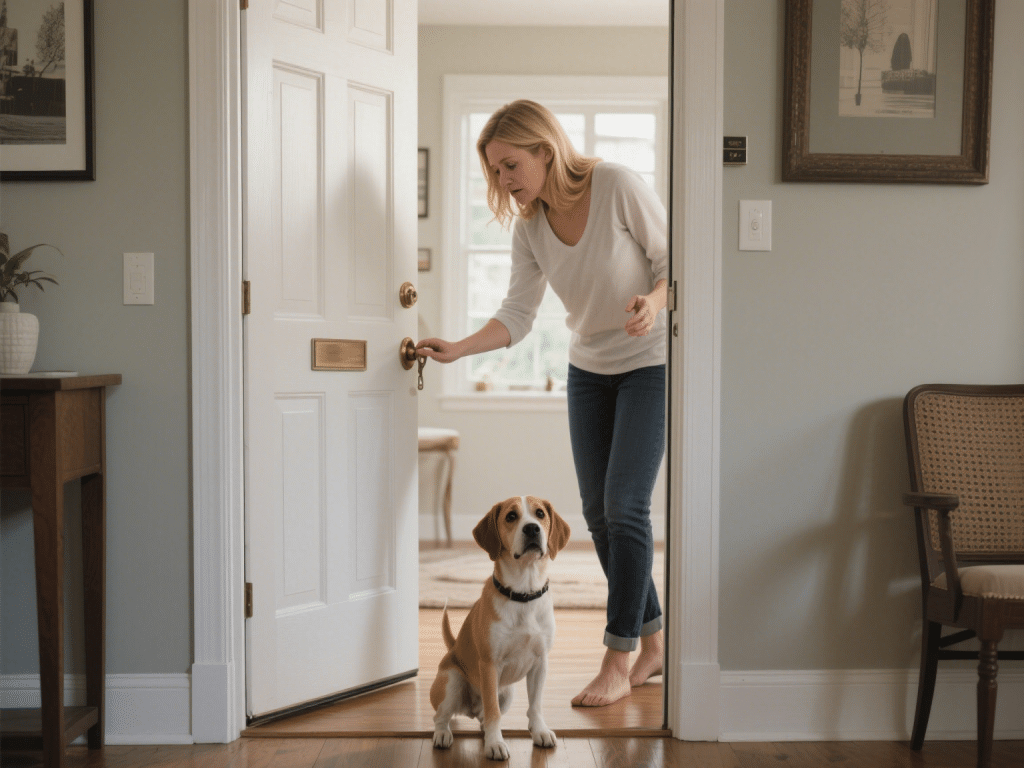
As a devoted dog parent, few things tug at the heartstrings like the mournful whimpers of ...
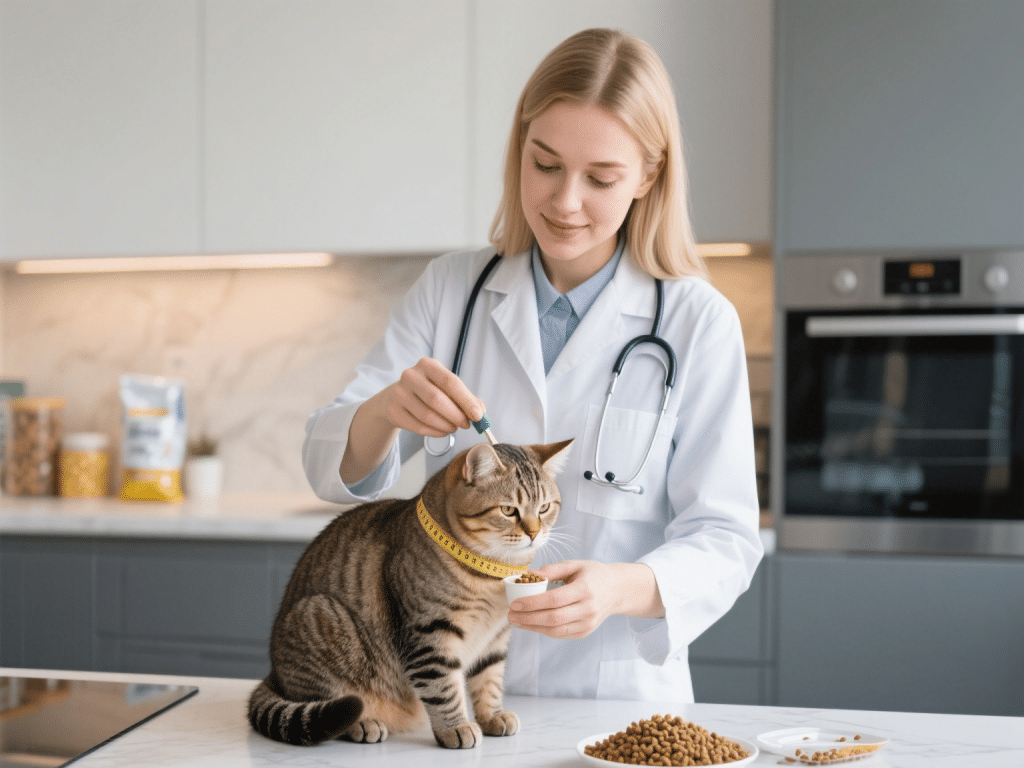
Obesity affects nearly 60% of indoor cats, predisposing them to diabetes, hepatic lipidosi...
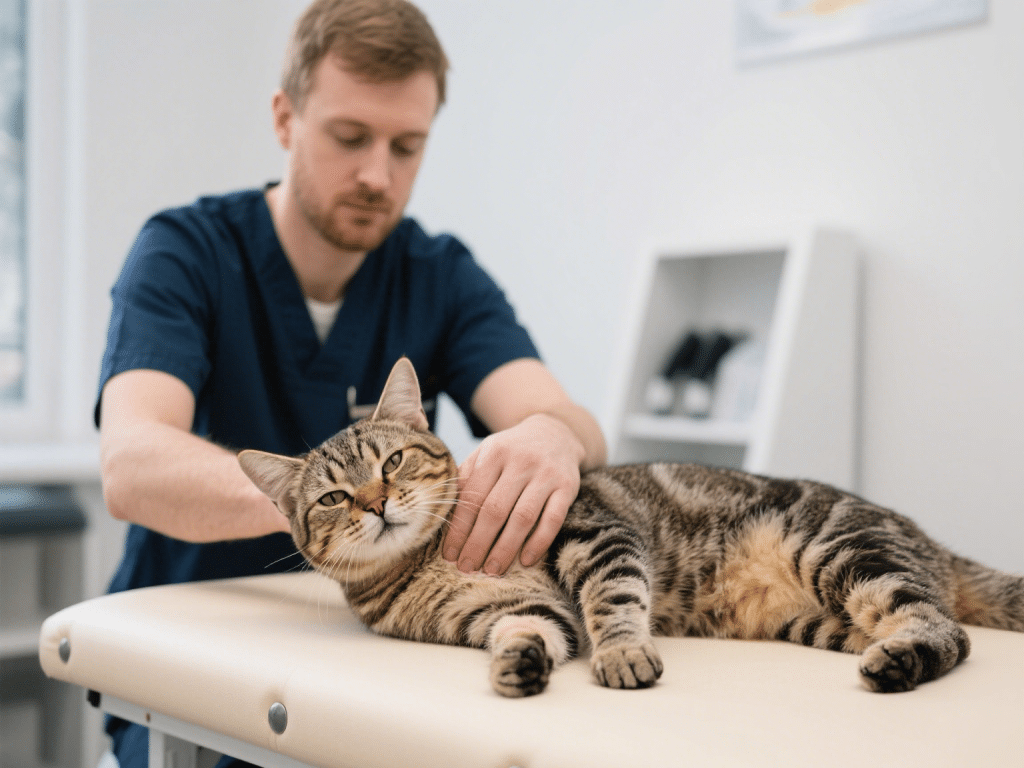
Arthritis affects up to 90% of cats over 10 years old, silently eroding mobility and comfo...
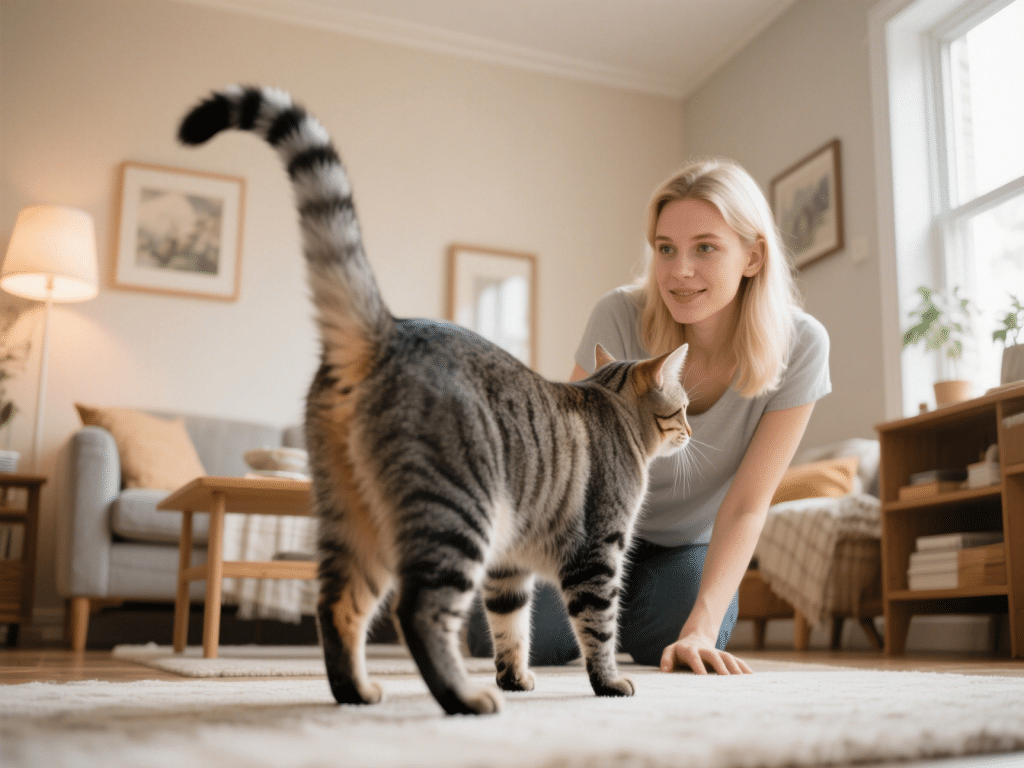
IntroductionCats communicate through subtle body signals—ear position, pupil size, and e...

IntroductionProtecting dogs from fleas and ticks is essential to their health and comfort....

Protecting Your Dog from Parasites: Worms, Fleas, and TicksYour dog’s health and comfort...
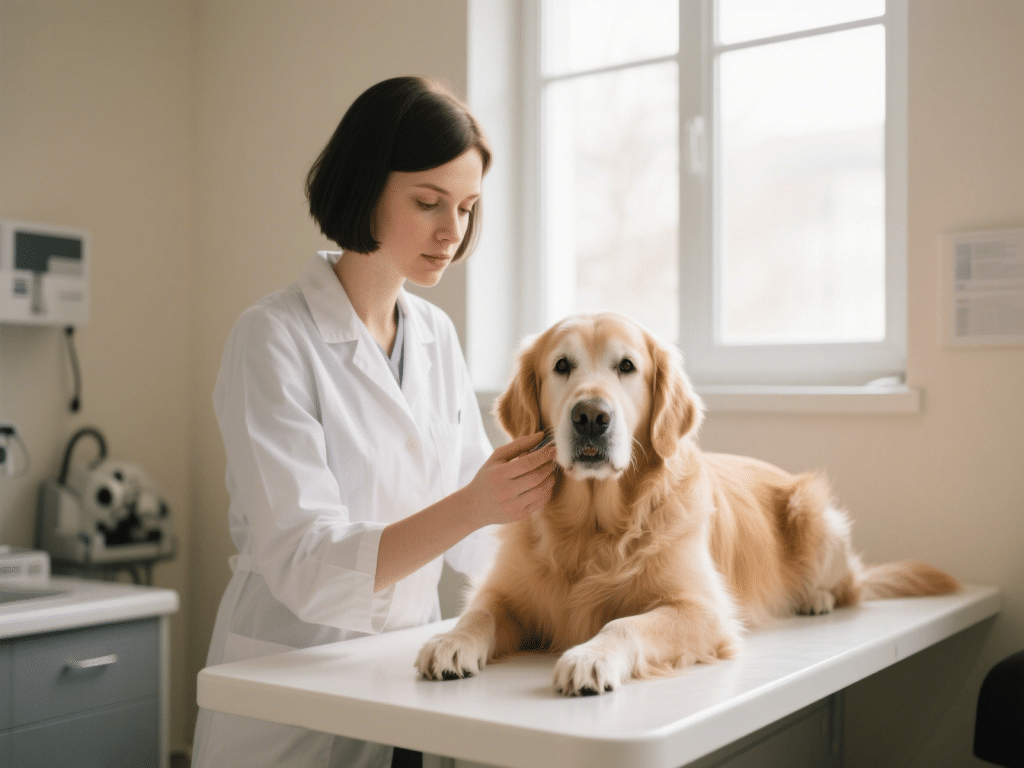
The Science of Pet Aging: How to Care for Senior PetsIntroduction: The Graying of Our Pets...

Essential Tips for First-Time Pet Owners: A Comprehensive GuideBringing home your first pe...
Comments on "How to Prepare for a New Pet: A Checklist for New Pet Owners" :